'Happiness and harmony' after migration from one Scottish island to another
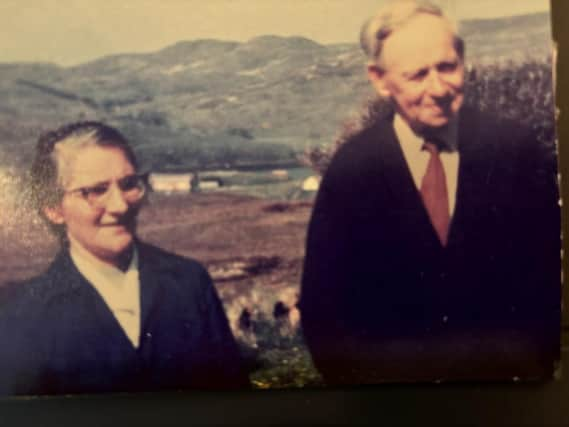

From one island to another they moved, a migration short on distance but huge in terms of hope and new beginnings.
One hundred years ago, almost 400 people from Lewis and Harris left their crofts for new settlements in Talisker in Skye in a government-backed migration scheme that offered more land and fresh prospects closer to home than the routes across the Atlantic taken by many of their peers.
Advertisement
Hide AdAdvertisement
Hide AdBetween 1923 and 1924, 43 families left Harris with another 22 departing from Point in Lewis to cross the Little Minch after the Board of Agriculture Scotland (BoAS) purchased 60,000-acres in North Talisker from Macleod of Dunvegan for over £56,000.
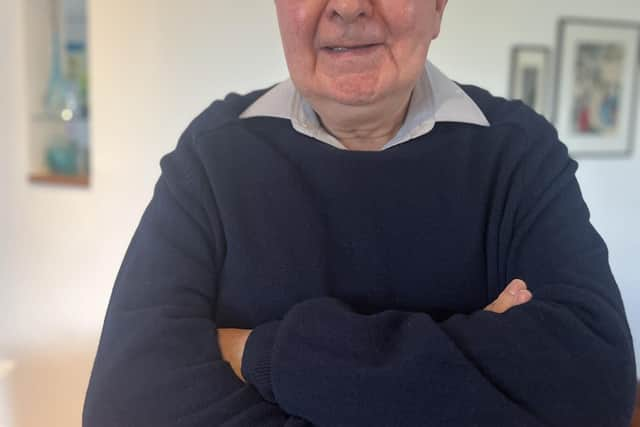

On arrival they cleared land, prepared it for crofting and built homes with some still occupied today by the descendants of the first settlers.
These pivotal journeys for the families have been documented in a new BBC Alba documentary, which brings together stories, archive footage, family photos and memories of these new settlements of Portnalong, Fernilea and Fiscavaig.
Lord Minginish, Roddy John MacLeod, a former Chairman of the Scottish Land Court and President of the Lands Tribunal for Scotland, was raised in Portnalong after his parents, Roderick and Chirsty, left Harris as a young couple in search of land and a home of their own.
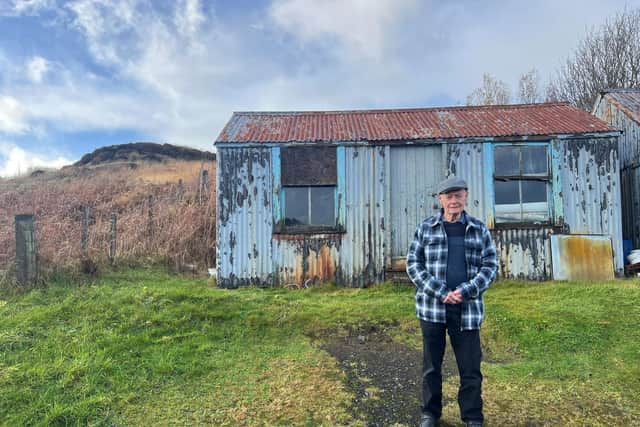

On their Skye croft of 24 acres, life was “harmonious and happy” given the sense of community that was created by the new arrivals.
Lord Minginish said: “You had people from two islands going to a third island and setting up home there side-by-side. It was just marvellous how harmoniously it worked out.
"We are working on the wording of a plaque which is going to be attached to a cairn to mark the centenary and that is one of the words in the English version in there: harmonious.
"The people behind us at Fiscavig were from Lewis and they had children of our age and we were always popping backwards and forwards to each other’s houses and, yes, I realised the family had a different accent and there were words that we Harris people didn’t know, but there wasn’t the least bit of rivalry of any kind. People were so respectful.
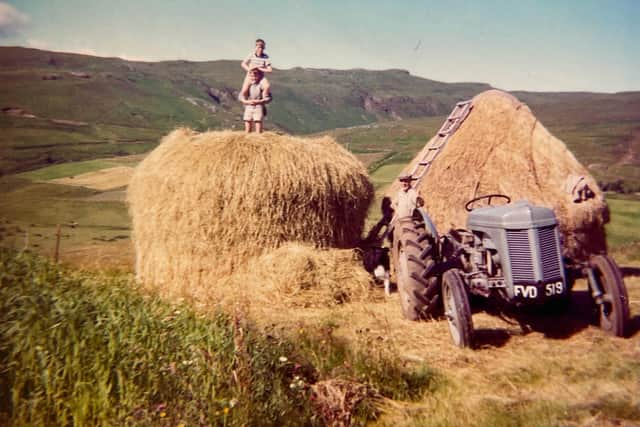

Advertisement
Hide AdAdvertisement
Hide Ad“Really we felt it was one single community and we knew everybody in the holdings that had been created at the time.
" A point I really want to make is how happy an upbringing we had there. And I didn’t think at the time it was anything particularly unusual. It was only later in life when I became interested in this history that I realised it was quite a novel thing.”
The Board of Agriculture Scotland’s purchase of land in Skye followed the Land Settlement Act 1919 which aimed to create homes “fit for heroes” by creating smallholdings and crofts with the scheme easing pressure on communities congested and struggling due to earlier clearances.
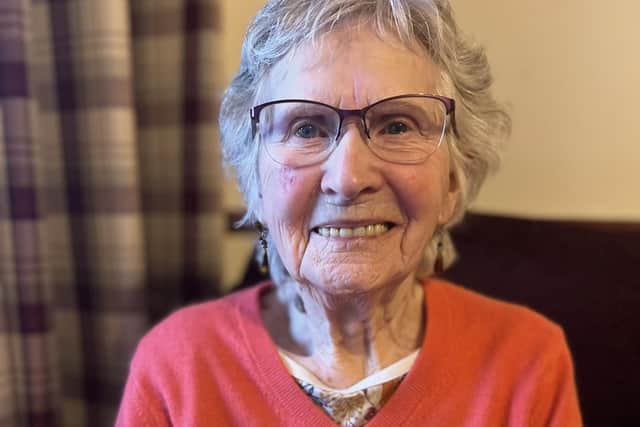

It was the first and largest government land resettlement programme anywhere in the Highlands and Islands.
Lord Minginish added: “My parents went because of the lack of land and hope for better prospects elsewhere without having to go across the Atlantic or to New Zealand or Australia.
“It seemed to a number of people at that time that this was a good option, they didn’t have to go very far away.”
“They never regretted it and very few people who came did.”
Lord Minginish is one of the early residents of the new settlement who feature in Talasgair – Tìr nan Gaisgeach / Talisker – Land for Heroes, which is produced by MacTV.
Also interviewed is Peigi Wood and Danny Macleod, both second generation settlers in North Talisker who were born to parents from Harris.
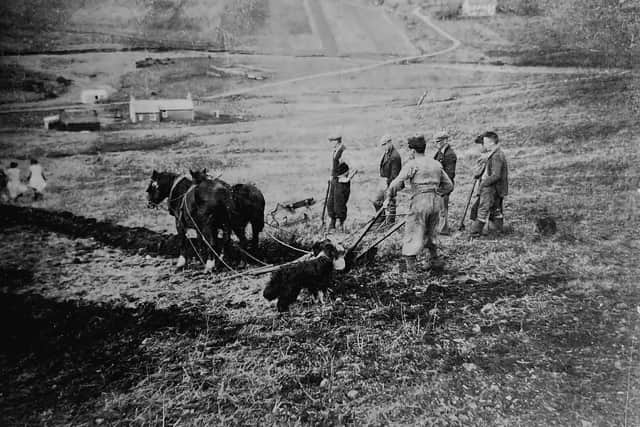

Advertisement
Hide AdAdvertisement
Hide AdMeanwhile, John Finlay MacInnes, Mairi Milne and Norma Mackenzie were all born in North Talisker after their grandparents secured crofts in the 1920s. Mrs Mackenzie’s son now lives in the house built by her grandfather with the land kept in her family for four generations
Lord Minginish still visits Portnalong where some of his family remain.
“It is hardly recognisable in some ways. A lot of people have moved in – and I make absolutely no criticism of that.
“When I left the island to study my intention had been to go back to Skye and practise as a solicitor, but life got in the way.
"I take my hat off both to my contemporaries who did stay and make a good go of it and also to people who moved into the gaps that people like me made by leaving, because they have sustained the community.
“Inevitably, the nature of the place has changed. One very obvious indication of that is the decline in the use of Gaelic – you hardly hear it any more. That trend had begun in the 1960s before I left home. The advent of the television had a lot to do with it.
"The accents you hear are very wide ranging, from other parts of Scotland, some from England and some from overseas so it is a real mix of people now.
"Also of course, this goes back to the creation of these communities in the first place, the use made of land is so much less than it used to be.”
Advertisement
Hide AdAdvertisement
Hide AdDespite the life afforded to his family in Skye, he believes his parents hearts always lay in Harris.
He added: “I don’t think they felt part of the bigger island. Growing up when we heard our parents chat, all the chat was memories of Harris. The children were far more familiar with the names of places on Harris than they were with the names of places elsewhere on Skye. Of my parents generation, the heart was very much still in Harris but with this major proviso they were very happy and grateful for the opportunity that Skye gave them.”
Trusadh – Talasgair – Tìr nan Gaisgeach / Talisker – Land for Heroes will premiere on BBC ALBA and iPlayer on Monday 1 April at 9pm .
Comments
Want to join the conversation? Please or to comment on this article.